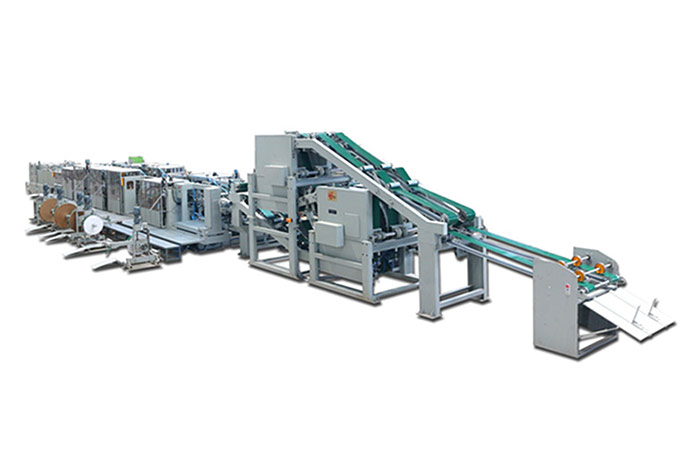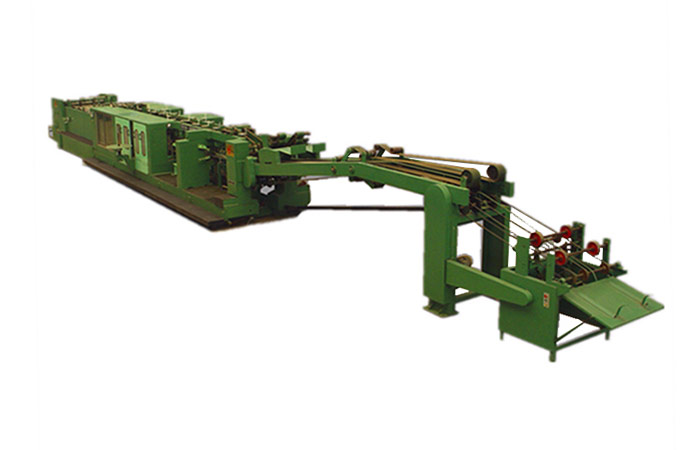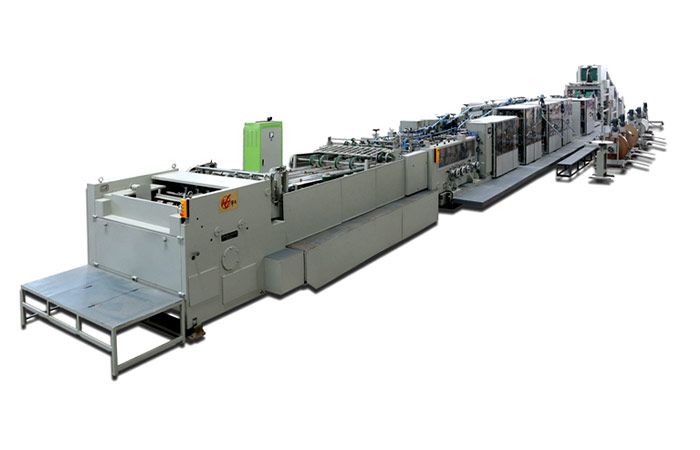What is the process of making paper tube?
Making a paper tube involves a simple process that can be done manually or with the help of basic tools.The process of making a paper tube involves several steps, including preparing the materials, forming the tube, and finishing the product. Here’s a general overview of the process:
Material Preparation:
1. Paper: Select a suitable type and weight of paper for the desired tube. Common options include kraft paper, cardboard, or specialty papers.
2. Adhesive: Prepare the adhesive, typically a glue or adhesive tape, that will be used to join the paper layers.

Cutting the Paper:
1. Cut the paper into strips or sheets of the desired width. The width will determine the circumference of the tube.
2. The length of the paper will determine the height or length of the tube.
Forming the Tube:
1. Apply adhesive along one edge of a paper strip or sheet.
2. Roll the paper tightly around a cylindrical form or mandrel, ensuring that the adhesive edge is on the inside.
3. Continue rolling until the desired length of the tube is achieved.
4. Apply additional adhesive to secure the overlapping edge of the paper, forming a seam.
5. Press the seam firmly to ensure a strong bond.

Drying and Curing:
1. Allow the adhesive to dry and cure according to the manufacturer’s instructions.
2. This step ensures that the paper tube maintains its shape and structural integrity.
Finishing:
1. Trim the edges of the tube to achieve a neat and uniform appearance.
2. Optionally, the tube can be printed, labeled, or decorated as desired.
3. If required, additional treatments such as laminating, varnishing, or coating can be applied for enhanced durability or appearance.

Quality Control:
1. Conduct quality checks to ensure that the paper tubes meet the required specifications, such as dimensions, strength, and overall quality.
2. Any defective tubes may be rejected or repaired depending on the severity of the issue.
Packaging and Distribution:
1. Package the paper tubes in suitable containers, such as boxes or cartons, for storage or transportation.
2. Distribute the paper tubes to customers or end-users.
It’s important to note that the specific process and equipment used for making paper tubes may vary depending on the desired size, thickness, and application of the tubes. Large-scale production may involve automated machinery, while smaller operations may rely on manual or semi-automated methods.


